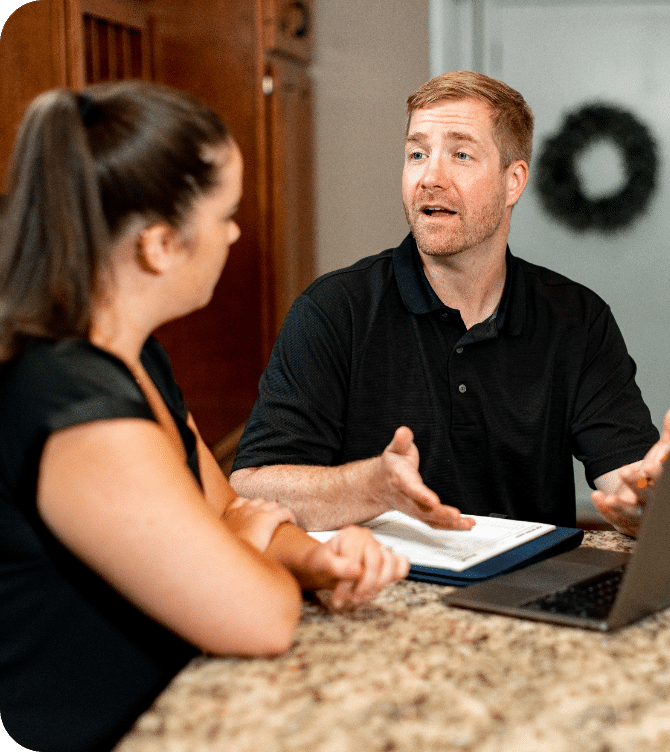You're Breathing Crawl Space Air, Whether You Like It Or Not
As warm air rises in a home, it leaks out of the upper levels. However, when air escapes, new air has to enter to replace the air that escaped. In fact, in a tight home, about half of the air escapes each hour out of the upper levels! This creates a suction at the lower levels to draw in replacement air. In older, leaky homes, the air exchange rate can be as high as two full air exchanges per hour. Once that warm air escapes and is replaced with cold crawl space air, your HVAC system has to work twice as hard in winter months to keep the home warm.
This “stack effect” creates airflow in your home from bottom to top. Air from the basement is drawn upward into the first floor, and then to the second floor. Of course, it dilutes with other air in your home, but building scientists say that up to 50% of the air you breathe on the first floor is the air that came from the crawl space. If you have hot air heating with ductwork, the air mixes even more thoroughly throughout the house, even up to the second floor!
So whatever is in your crawlspace air is in your house and affecting you, whether or not you spend any time in the crawl space!
Encapsulating your crawl space can block out the dirt floor moisture and outside air that enters your home from your crawl space. One of the first steps to encapsulation is making sure those open spaces are sealed off completely. This includes sealing the vents that are typically opened in "dry" seasons. Sealing off the crawl space and adding a dehumidifier, controls the air underneath of your home. Once you correct the air underneath your home, you correct the air inside of your home.
Questions about your crawlspace? Give us a call and schedule your appointment to find out what’s in your crawl space!



